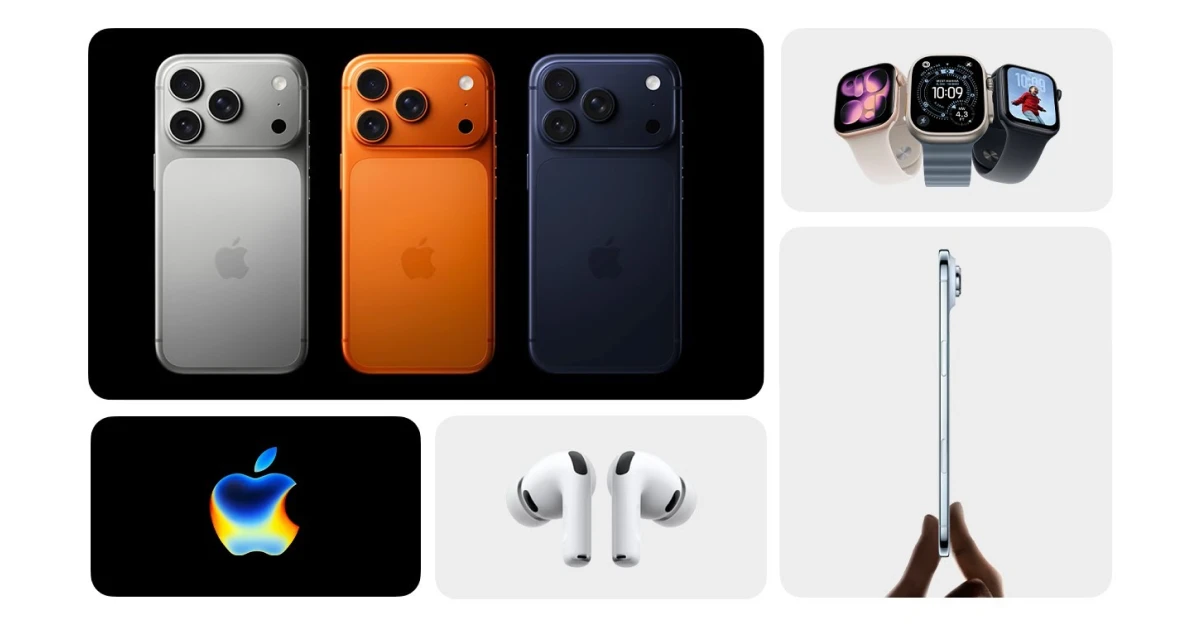Let’s face it. Dealing with a significant number of questions and inquiries every day can prove a real hassle for customer service representatives. But what if I told you that there is a way to streamline the process without losing your loyal customer base? To be honest, adding conversational AI, AI chatbots or an AI assistant to your chatbots can be a disaster - but if done right, it can save one a lot of time and money.
Consider this: your clients are greeted by a virtual assistant who is accessible 24 hours a day, seven days a week. That’s incredible, right? A human being can’t do that (yet). Who knows - maybe symbiosis with technology will help us in that direction. But we’re thinking far too far ahead. Conversational intelligence software is enough, for now, as it can give customers useful recommendations and even aid them in navigating a website. You can provide them with a tailored and wonderful experience that will keep them coming back for more.
Even more so, H&M’s “Kik” chatbot assists customers in finding the appropriate clothing. You can ask the AI chatbot to compare two sweatshirts you like. This way, you will find which material is more suitable for you. Or you can even ask the AI chatbot to create an outfit for the upcoming wedding you will attend. It’s a time-saving process, especially when you don’t feel creative at all.
But look - it’s not all sunshine and rainbows. If conversation intelligence is not implemented correctly, the results can become very problematic. There’s nothing more annoying than wanting to find a solution for a problem and getting a response from an artificial intelligence chatbot that doesn’t make any sense at all or takes too long to deliver.
So as business owners, we shouldn’t make the mistake of getting rid of the people working in customer service with NLP. Leave a phone number in case a customer needs it might come in handy. Sometimes all of us need a human touch, especially if the problem is hard to grasp for an AI assistant.
Nobody wants to be considered a number in a database. People want to be seen, heard, and understood. Not that much to ask for! That’s where conversational artificial intelligence enters the picture, like a dependable sidekick that assists you in connecting with your customers on a deeper level, faster, and at any time.
We can think of it as having a personal shopper who understands our style, taste, and previous purchases. Imagine being able to build a personalized experience for each consumer! Now, you can do that by adapting your recommendations to their specific requirements and interests. The era of conducting manual research and creating buyer personas seems to perish in the face of personalization through conversational AI. Is that the future?
Look at the “Sephora Virtual Artist” chatbot, which makes use of conversational AI or voice assistant to recommend cosmetic styles based on a customer’s face traits, skin tone, and personal style. It’s like if you had a makeup professional at your disposal, coaching you every step of the way. And the best part? The more you use it, the better it learns about your taste and preferences, resulting in unique recommendations.
Yet, personalization is more than just selling more products. It’s about developing a meaningful relationship with your clients. It should be a connection that extends beyond the transactional. Employ conversational AI to aid your customers all along the way. That is how you convert customers into fans!
Don’t be scared to interact with your customers on a personal level. You can build a one-of-a-kind experience for them by leveraging conversational AI. It will make your fanbase feel as if they’re part of an exclusive club. And who doesn’t want to feel like a VIP?
Keep in mind, folks - leveraging conversational AI seems like the way to go in the following period. In my opinion, chatbots and virtual assistants can never replace human interactions, and maybe they shouldn’t. But humans working together with the AI will be like having a very advanced tool at your disposal anytime.




.webp)


.webp)








